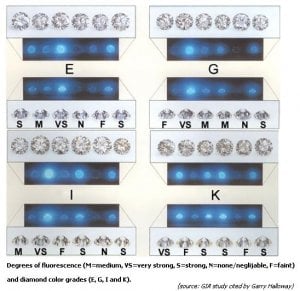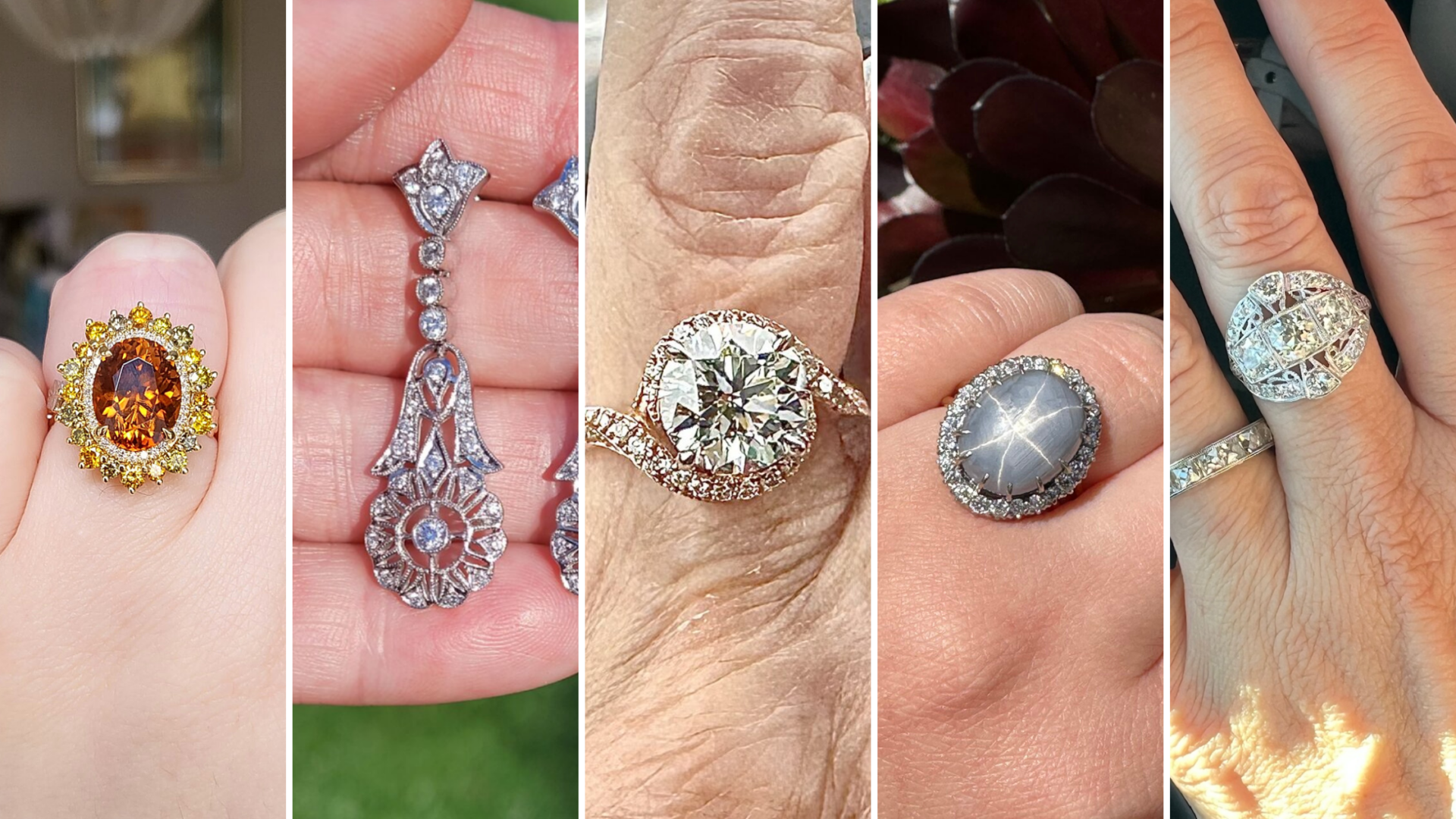kevinraja
Shiny_Rock
- Joined
- Oct 18, 2004
- Messages
- 275
When a GIA report says a stone to be G color and med flourescence, does that mean that the GIA graded the stone to be G color discounting the med flourescence or they actually might have graded an H or an I color stone to be G color because of the medium flourescence?















300x240.png)